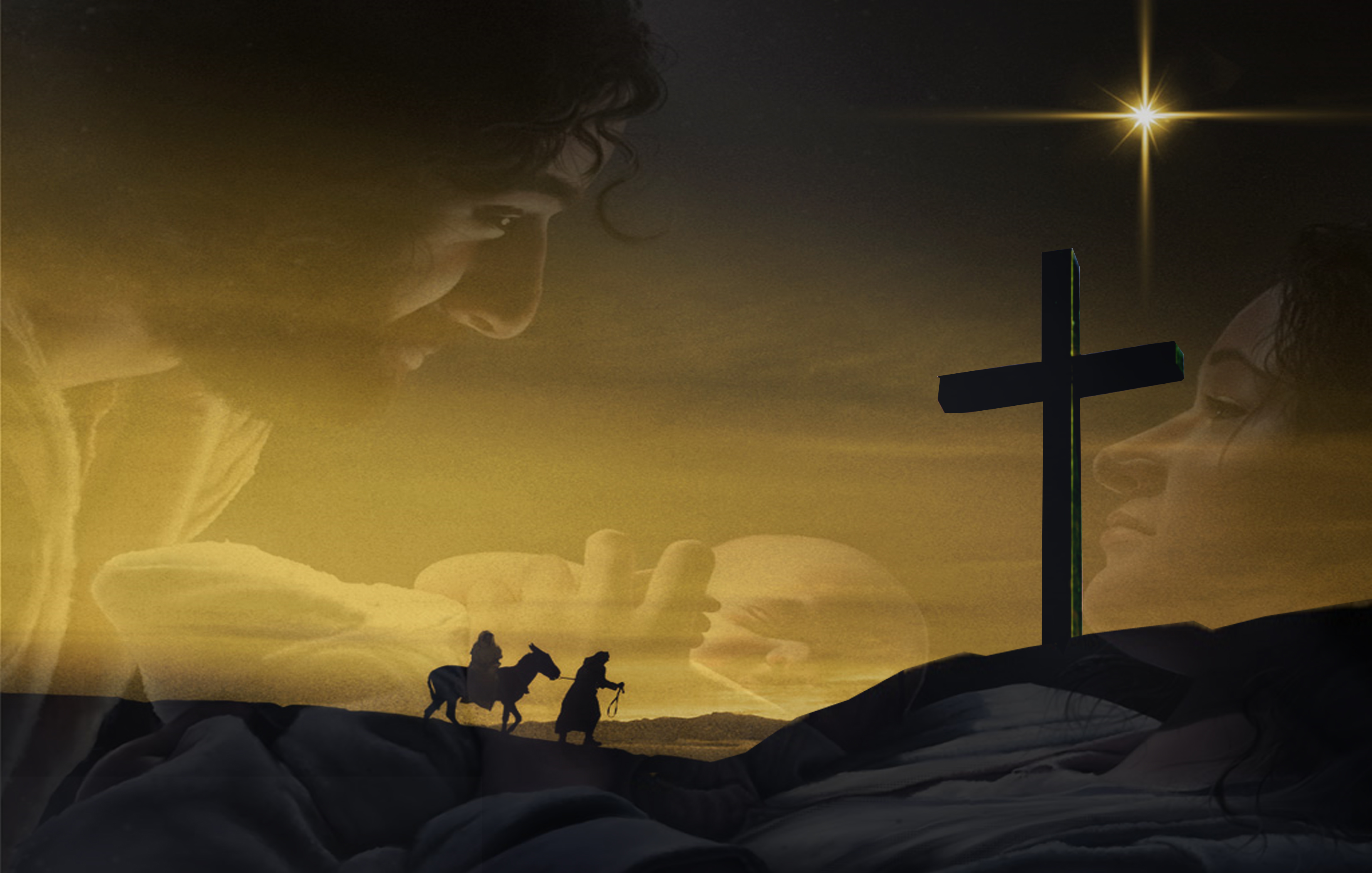This is the first Sunday of the Christmas Season – the fourth day of Christmas if you’re counting, and hoping your true love will send you those four calling birds. But our Gospel reading actually speaks of that second-day-of-Christmas gift – the two turtledoves, which is the sacrifice that poor Jewish people, when they couldn’t afford a lamb, were required to make at the temple in Jerusalem in thanksgiving for the birth of a child.
The presentation of Jesus at the Temple is important enough in our church calendar that, in addition to reading about it during Christmastide, it has its own feast day on February second.
That day has a lot of names. Outside the church, of course, it’s Groundhog Day, but in the church, it has been variously known as the Feast of the Presentation of Jesus at the Temple, The Feast of the Purification of the Virgin, the Meeting of the Lord, and Candlemas.
It comes forty days after Christmas, and was, until the twentieth century, the traditional day for taking down one’s household Christmas decorations. The biblical event it celebrates is the one we just heard about in the gospel lesson – the day when, in accordance with Jewish custom, Jesus, as first-born son, was presented in the temple to be dedicated to God, and also when his mother, after the prescribed forty day waiting period, went through the post-childbirth purification rituals, and was able to enter the temple too. It is a feast that has been celebrated for a very long time. There are Presentation sermons going back to at least the fourth century.
One of the reasons we celebrate it is that Jesus and Mary going through all of the prescribed rituals of their faith is a reminder to us that Jesus was fully human, rooted in a family, a community, a faith, a history, and in the covenant between God and God’s people that the Jewish rituals celebrate and affirm.
But the main reason we retell this story and celebrate this event is because of what happened after Jesus was presented in the temple. Simeon, a man of deep faith, had received a promise from the Holy Spirit that he would not die until he had seen the Messiah that God had promised. When Jesus was brought to the temple, Simeon burst into poetry, praising God that he had seen the fulfillment of the promise, and thanking God for letting him die in peace now that the promise had been fulfilled. It is a song so moving and powerful that has become embedded deeply into the worship life of our church – indeed Simeon’s song is one of two prophetic songs that we always sing or say during the church’s formal Evening Prayer. The other is the song of Mary, or Magnificat, which parallels Simeon’s prophecy of social upheaval in the fulfillment of God’s promised salvation.
But Simeon’s song went farther than mere realignment of the social order. He declared that Jesus will not only be the savior of Israel, but also will bring God’s light to the rest of the world. This is a remarkable claim. Simeon and his community had been waiting for God to send someone to bring them victory over the nations of the world, and suddenly Simeon realized that this was not God’s intention at all. In a flash of inspiration, Simeon knew that the one who brought salvation to Israel would not throw down the rest of the world, but raise it up, and that the light of God would shine on everyone. Even you. Even me.
Simeon’s words about Jesus being a light to the nations are why it became customary in the Middle Ages to bless the beeswax candles on the feast of the Presentation for use throughout the year, for both church and home. Candlemas was celebrated with a procession through the town and into church bearing the candles, which were sprinkled with holy water and blessed. The gospel lesson of Jesus’ presentation and Simeon’s song was read and preached on before Communion.
And whether we bless candles at Candlemas or not, whether we process through the town to remember Jesus’ presentation or not, we still celebrate this event by remembering Simeon’s glorious realization that Jesus brought the light of God to all of humankind, not just those who were waiting for it.
I would like to close by sharing with you the hymn Adorna, Sion, Thalamum, written by John of Damascus in the eighth century, which has always been sung for Candlemas processions, in a new and splendid translation by Kathleen Pluth. She really captures the wonder and splendor of both the event of the Presentation and the church’s celebration of it, especially when she speaks of Jesus’ parents bringing the “capital T” temple (by whom she means Jesus) to the temple itself as offering.
Let Zion’s bridal-room be clothed:
He comes, her Lord and her Betrothed.
Let bride and Bridegroom, by faith’s light,
A vigil keep throughout the night.
Saint Simeon, go forth in joy.
Exult to see the baby Boy:
Make known to all the Light divine
That soon on ev’ry land shall shine.
His parents to the temple bring
The Temple as an offering
The righteousness of law He chose
Though to the law He nothing owes.
So, Mary, bring this little one,
Yours and the Father’s only Son
Through whom our offering is made
By whom our ransom price is paid.
And forward, royal Virgin, go
And let rejoicing overflow
With gifts bring forth your newborn Son
Who comes to rescue everyone.
Lord Jesus Christ, the Glory bright
Who guides the nations into light
Be praised, and for eternity
Be glorified, O Trinity. Amen.
Translation © 2009 Kathleen Pluth.
Permission is granted for parish use
Feb. 2, 2009. All other rights reserved.


